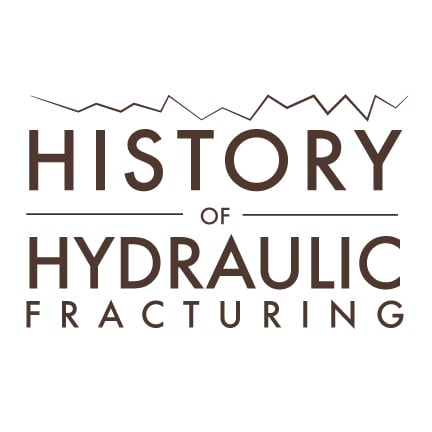Hydraulic fracturing has gained a lot of attention recently, as companies scramble to mine the valuable frac sand contained in the Midwest. While fracing is new to most people, hydraulic fracturing, though in primitive form, can be traced all the way back to the 1860’s oil industry, when liquid nitroglycerin (NG) was used to stimulate shallow rock wells in several states around the US. The idea, then referred to as “shooting,” was to use the nitroglycerin to break up the formation in which the oil was contained, fostering better flow and retrieval. Extremely fruitful, this idea was carried over to the water and gas industries1.
While the 1930’s saw small improvements in the “pressure parting” trend, it wasn’t until the late forties when the “hydrafrac” process really began to be developed. After much experimentation, a patent was issued to the Haliburton Oil Well Cementing Company (Howco) to use the hydrafrac process, and in turn, they produced the first two commercial fracturing treatments. As the hydrafrac process spread, more than 3,000 wells per month were hydrafraced throughout the mid-1950’s. It is estimated that fracturing advanced US recoverable reserves of oil by at least 30%, and of gas by 90%1.”
From crude oil to borate gel, all the way to gelled kerosene, many fluids and additives were experimented with throughout history in order to enhance the hydrafrac process, making it as efficient as possible. The first proppant used was screened river sand. Several other materials were experimented with as proppants, such as plastic pellets, steel shot, aluminum pellets, high-strength glass beads, rounded nut shells, resin-coated sands, sintered bauxite, and fused zirconium1.
Technological advancements and the discovery of high quality quartz sand in the Midwest have caused a recent rise in hydraulic fracturing in the Midwest. Companies are clamoring to mine all the high-value sand they can1.
FEECO has been in the bulk material handling business for over 65 years. Our material handling and thermal processing equipment is robust, built for longevity, and ready to take on any job. We can supply material handling equipment such as conveyor systems, bucket elevators, rotary dryers, and rotary coolers to the frac sand industry. Contact us today to learn more about our frac sand equipment capabilities.
1. Source: Hydraulic Fracturing: History of An Enduring Technology by Carl T. Montgomery and Michael B. Smith, NSI Technologies, 2010.



